The arena for studying bird memory was built by a native of Russia
There are often times when we forget in which yard we parked the car or where we put our glasses. We are talking about episodic memories that are always tied to place and time. Russian scientist Dmitry Aronov, who works at the Zuckerman Institute at Columbia University, set out to study such episodic memory in its owner of the “hundredth level” — the titmouse. After all, she manages to remember more than a thousand (!) places in nature where she hides her food. The work on encoding this information in the brain was recently published in the leading biological journal Cell.
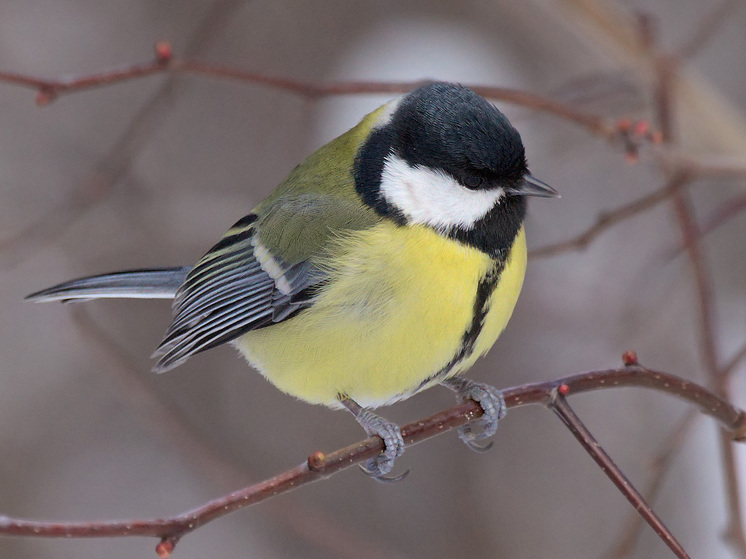
It turned out that the so-called black-capped chickadees from the tit family, whose brain activity was studied by Aronov and his colleagues, activate unique neural patterns (schemes, images) in the brain at the moment of creating caches of food. Scientists compared them with unique barcodes. When the birds return to collect the stored seeds, the same images appear in their brains again.
Scientists have long understood that the hippocampus of the brain (the part of the brain responsible for processing spatial information) is where episodic memory is born, but did not fully understand how exactly memories are encoded.
To find out in tits, the researchers constructed arenas where birds with ultralight electrodes implanted in their brains could “mine” seeds and hide them in hiding cells closed with valves. By the way, to achieve this, scientists had to create an unstable feeding regime: feeders with seeds were either opened or closed. When food was not available, the birds hopped around the arena and “cleaned out” their hiding places. The behavior of the birds was automatically “monitored” by several cameras. After the action, the birds were compared with the reaction of neurons in the hippocampus.
When titmice hid food in cells, 7% of hippocampal neurons worked, and different ones in each case. Interestingly, completely different neurons “reacted” to the same, but already empty, places when the bird usually visited them. Thus, the scientists concluded that the “barcodes” associated with storing food do not in any way change the activity of the “place cells,” although the opposite was previously thought.
“We also discovered that each memory is associated with a unique pattern of activity in the hippocampus,” says Dmitry Aronov, emphasizing that the “barcodes” associated with food storage are not the same, even if the cells are located next to each other.
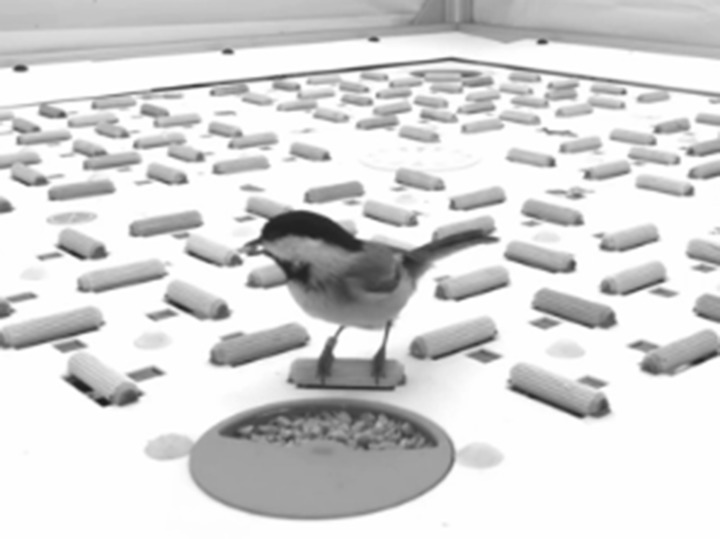 Titmouse in the experimental arena
Titmouse in the experimental arena
The next task of the researchers is to check whether “barcodes” are used by the brain to further control the behavior of birds, and whether tits remember their “stash.” And for this it will be necessary to create more complex conditions in the laboratory.
Comment by Academician of the Russian Academy of Sciences, scientific director of the Institute of Higher Nervous Activity and Neurophysiology of the Russian Academy of Sciences Pavel BALABAN:
– The conclusion in this work is very interesting: that in birds the image of a place exists separately from the image of a hiding place with food. This makes us similar to them — humans also have the same separate patterns of place, without connection to any action.
— Humans have many times greater capabilities for remembering, than birds, it is only important to maintain the right conditions for this. For example, go hungry like a tit for a day or two. Then all the places where he will hide his food for a “hungry” day will be very clearly imprinted in his memory.
– Yes. Hormones that promote good memory do not work when there is no necessary regulation.

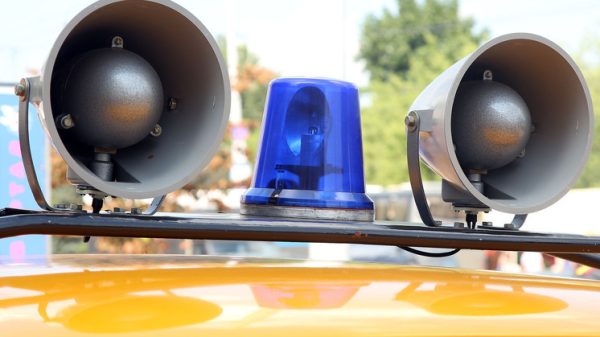
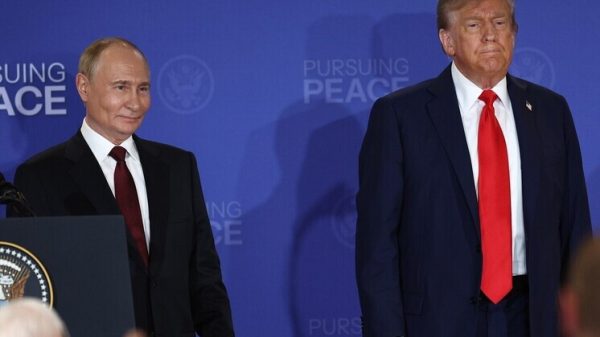

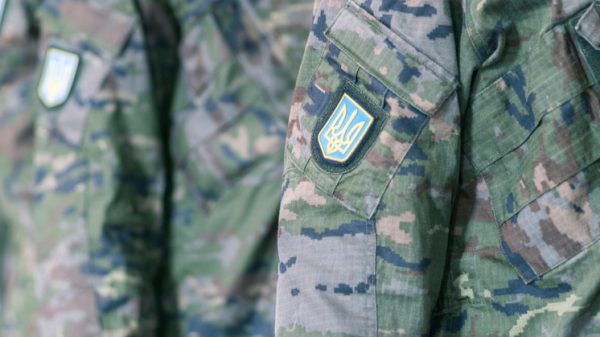



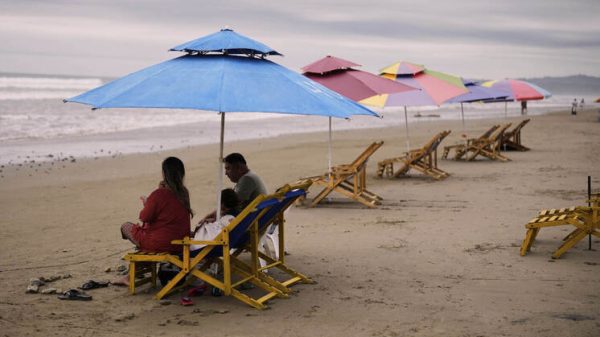
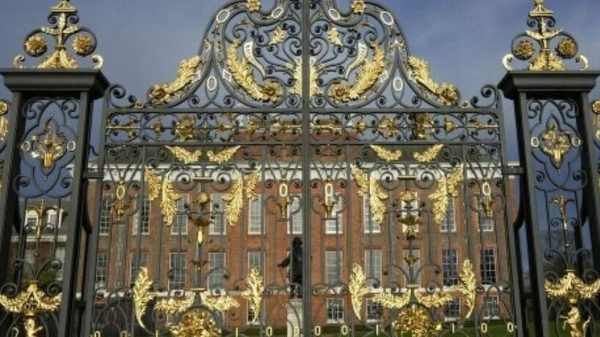

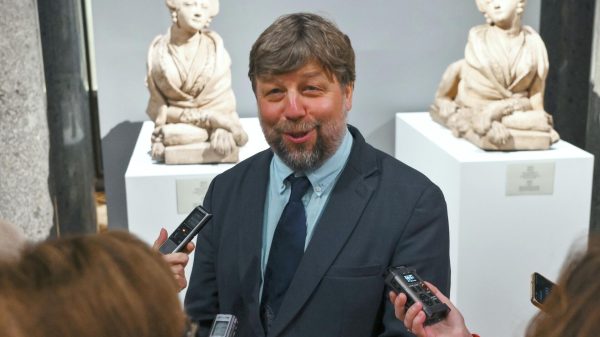
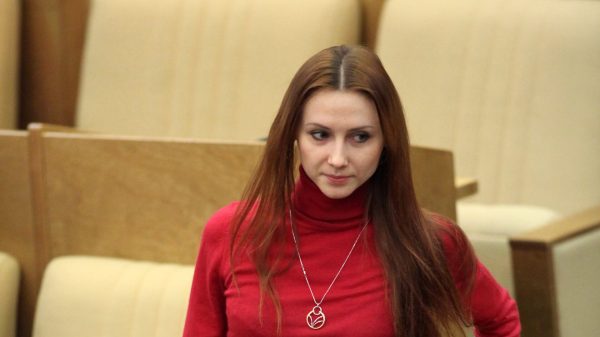

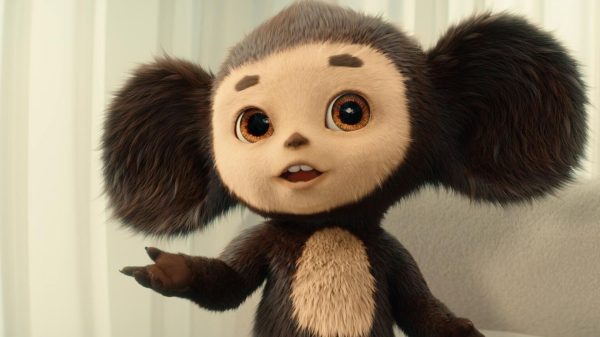




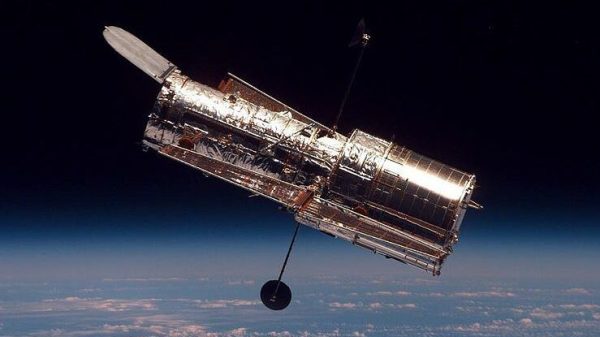



















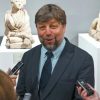

















Свежие комментарии